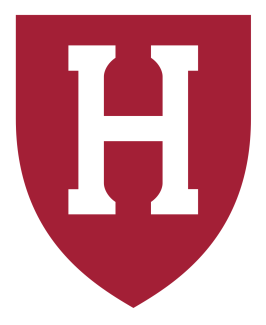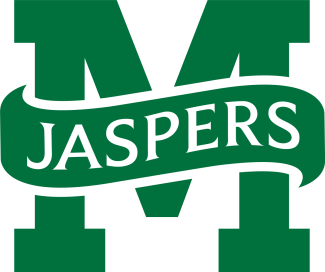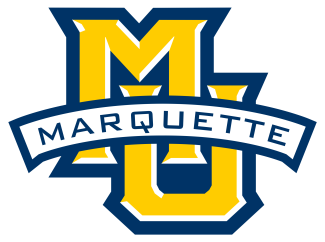***
Those cheers echoed throughout Towson’s campus May 25 as Maryland arrived before its NCAA championship game showdown with Syracuse. The top-seeded Terps had already defeated the second-seeded Orange twice, including a 13-7 win in the ACC championship game, capping a six-year run atop college lacrosse’s toughest conference. The ACC, which loses Maryland to the new Big Ten conference in 2015, claimed six of the top eight seeds in the NCAA tournament.
On Sunday of Memorial Day weekend, the time had come for the Big Terp-Little Terp spectacle of Glaros and Cummings.
Every year, Maryland pairs an upperclassman (Big Terp) with an underclassman (Little Terp). This season, Glaros and Cummings developed a special bond symbolized through a shared game ritual, wearing matching red headbands. Glaros, one of just five seniors on the team, emerged on this stage as a freshman in 2011. She scored four goals in the NCAA final, but the Terps lost to Northwestern 8-7.
“This team lives and breathes with Beth,” Cummings said.
This time, Glaros scored a game-high five goals and Syracuse had no answer for Cummings, whose eight draw controls fueled a 5-0 run to start the game and a 4-0 run to give Maryland the cushion it needed in a 15-12 win.
After they celebrated, Lamon, a reserve attacker who came off the bench to score three goals, followed Cummings, Glaros, Reese and Tewaaraton finalist defender Megan Douty to the post-game press conference — her GoPro camera affixed to a backwards-facing grey and white hat with “women’s national champions” stitched on the front. Cummings who did jumping jacks as they left the locker room, smiled and made funny faces at the camera.
Cummings, who added three goals in the game, was named the most outstanding player of the NCAA championship. Four days later, she became the first sophomore to win the Tewaaraton, lacrosse’s version of the Heisman.
During the ceremony, Douty overheard Cummings’ name coming from backstage after the teleprompter failed to show the announcers’ script and whispered the good news to her teammate. “What? You heard it?” Cummings asked.
Before Douty could answer, she hugged Cummings as the announcement came and applause filled the auditorium at the Smithsonian Institution’s National Museum of the American Indian in Washington, D.C.
As usual, Cummings thanked her teammates, the 14ers. And as usual, she found her father in the crowd.
“To see your daughter’s name get announced, it’s incredibly humbling,” Michael Cummings said.
Almost as humbling as it is for the rest of college lacrosse to prepare for two more years of seeing Taylor Cummings face to face, out in the heat, hanging tough, staying hungry.


























































